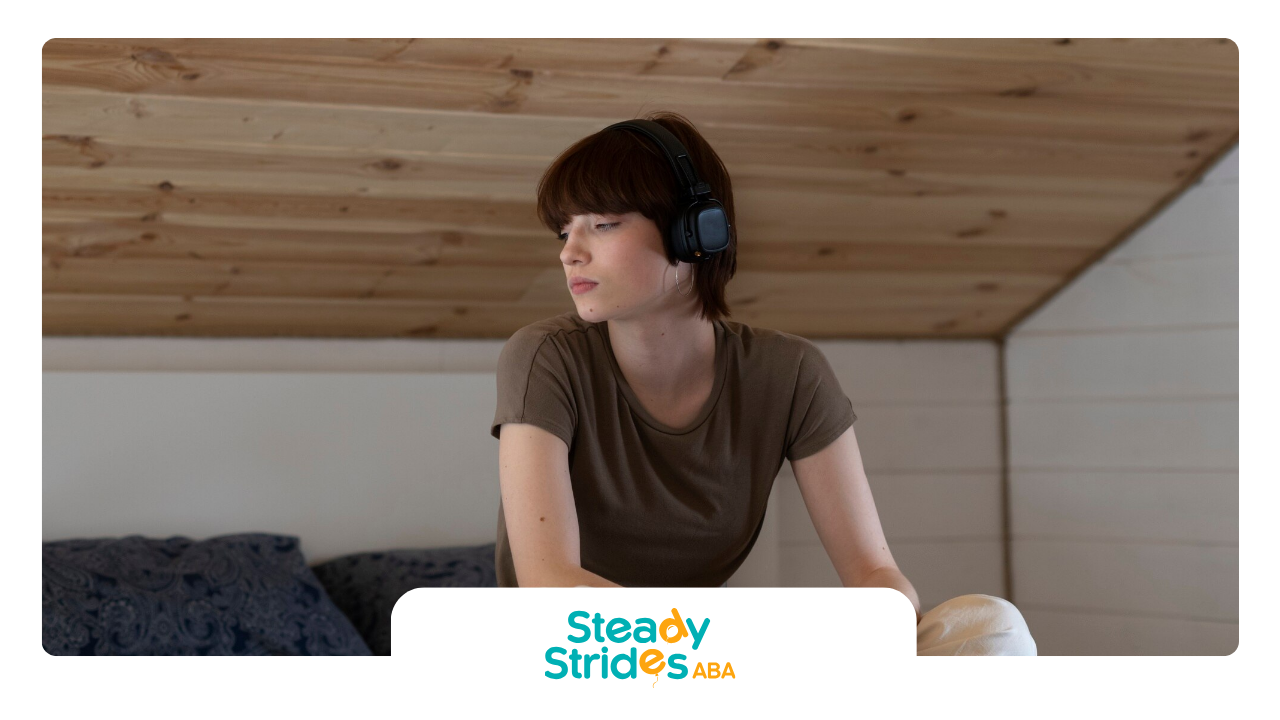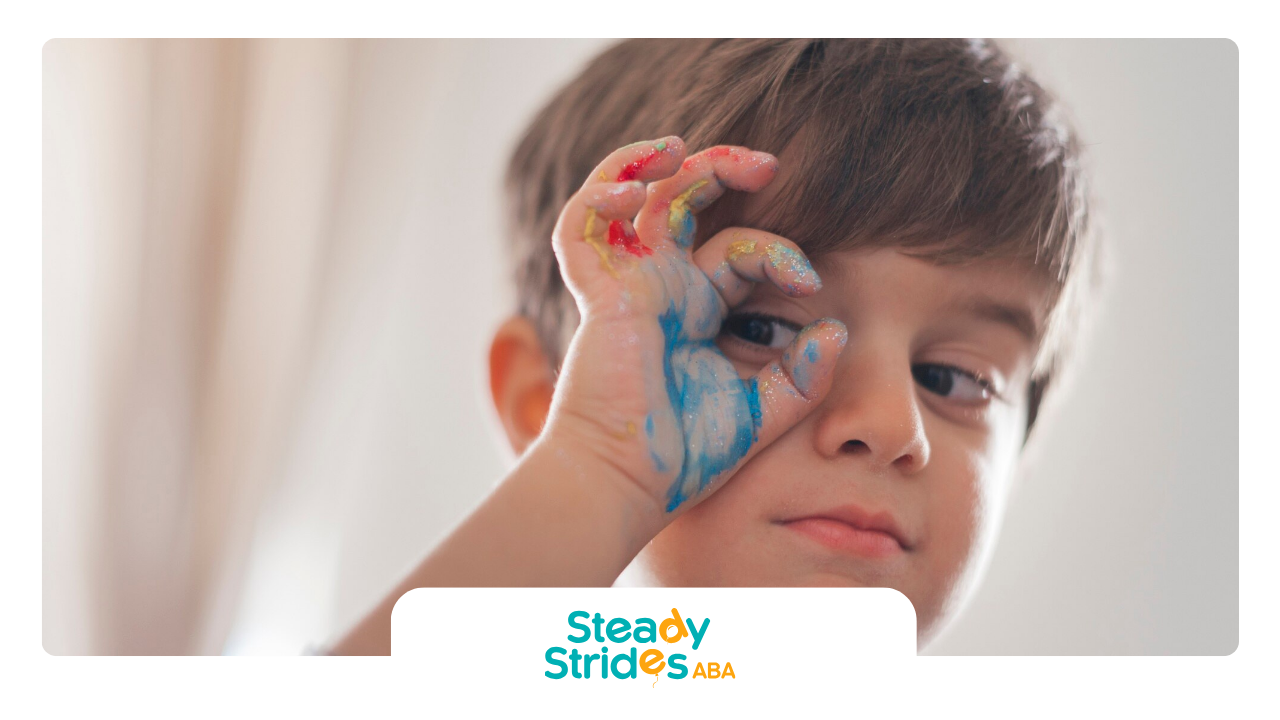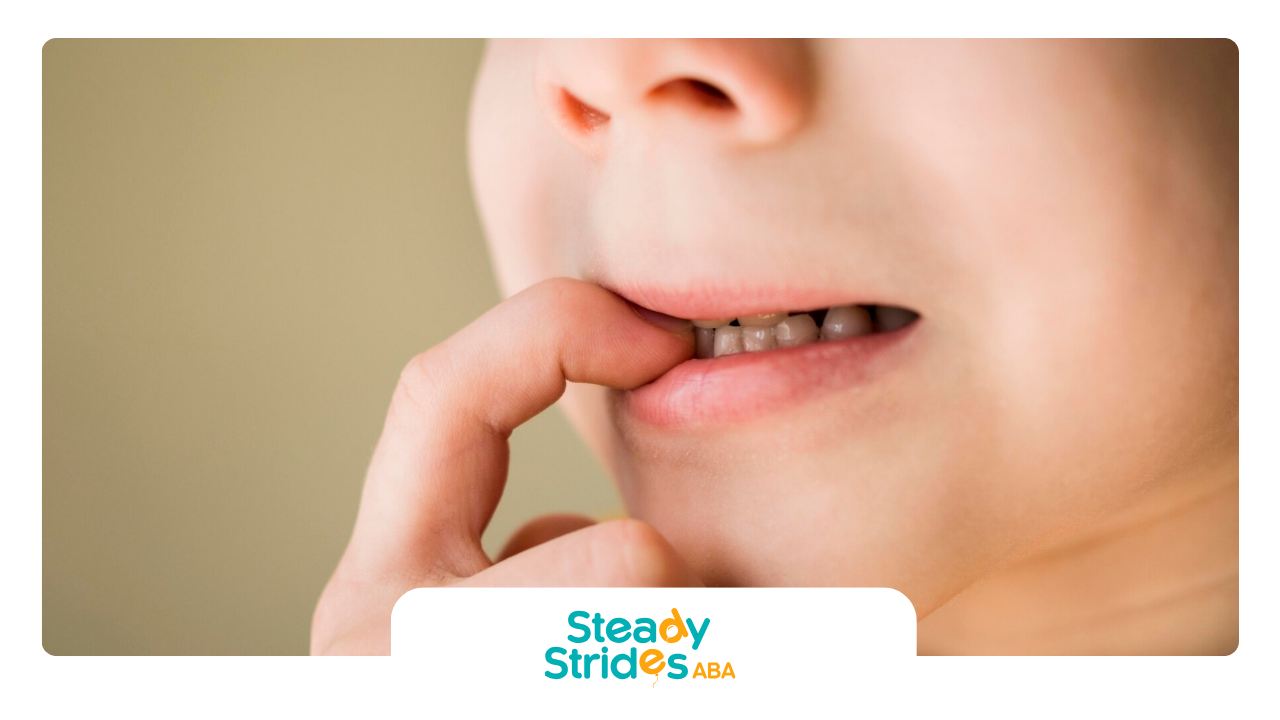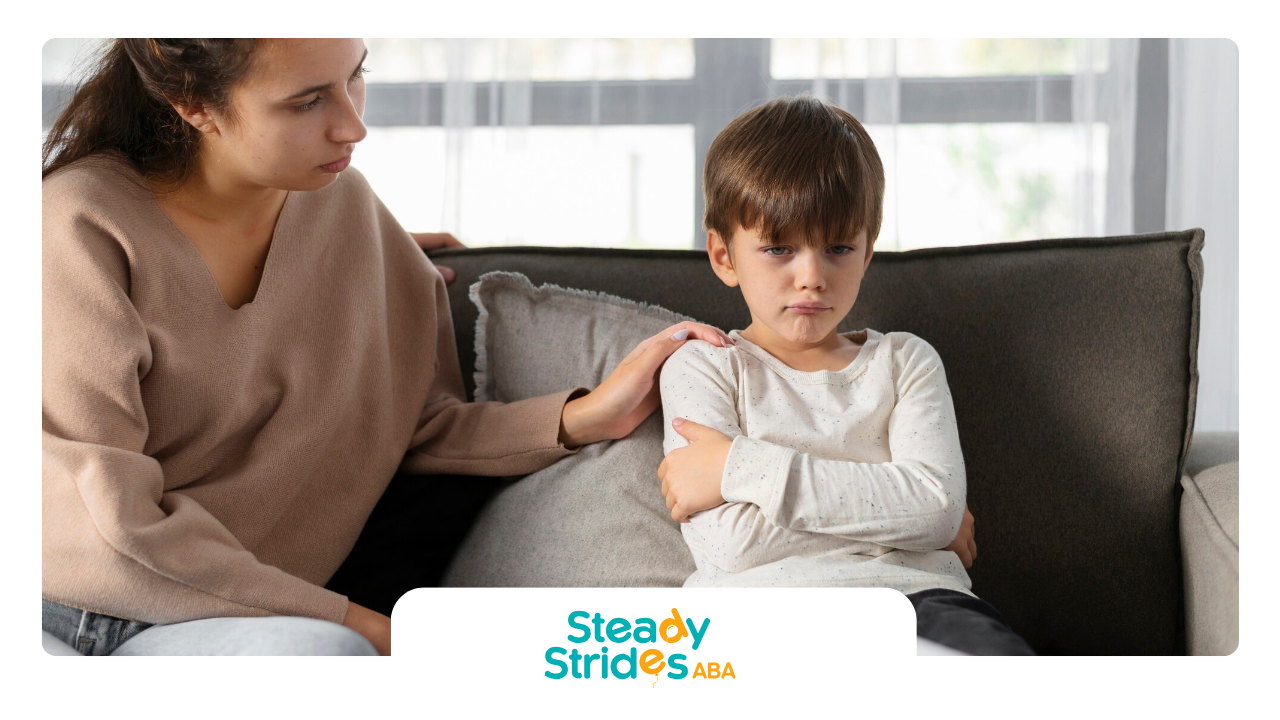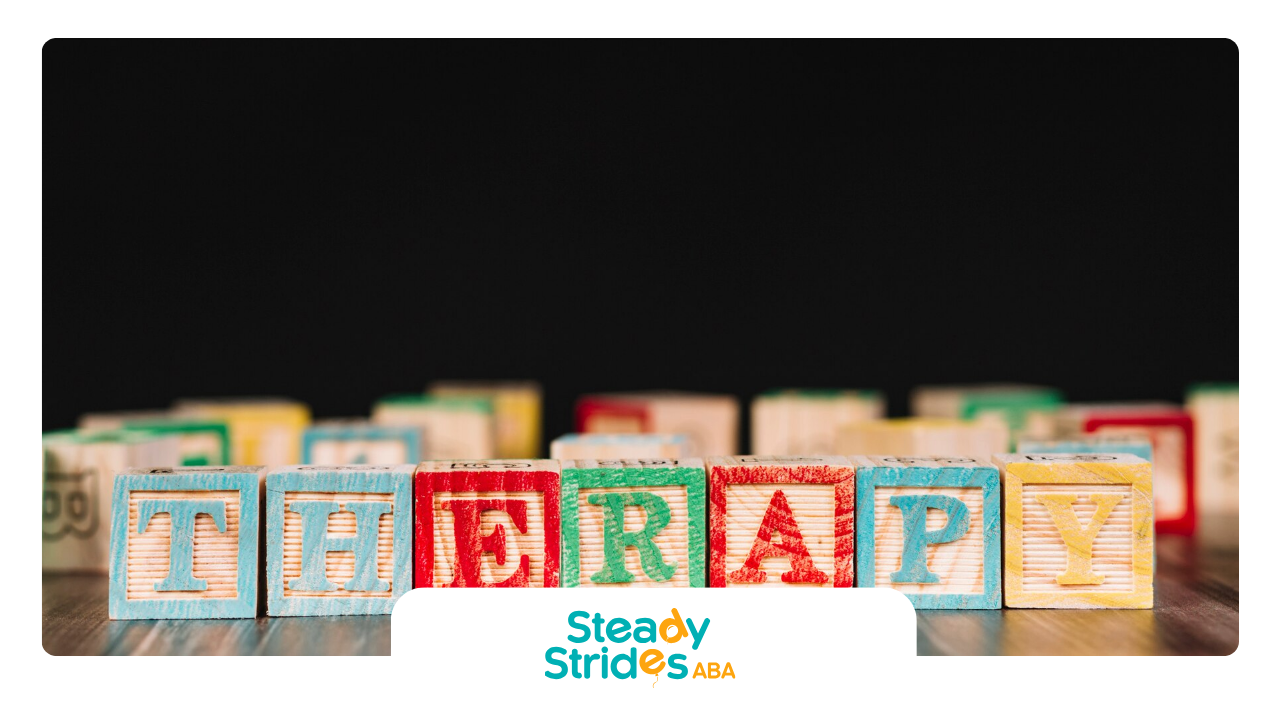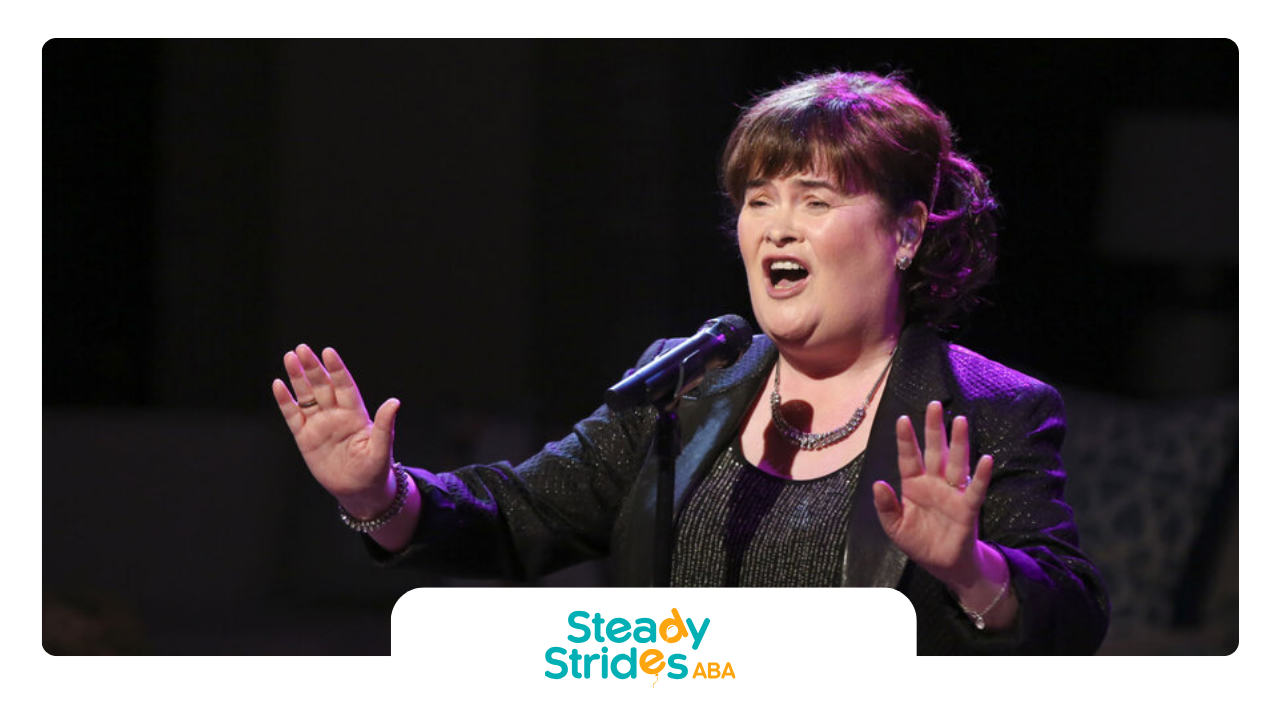For many individuals with autism spectrum disorder, getting good sleep can be a special journey. How autism spectrum disorder and other developmental disabilities affect sleep and the importance of a supportive sleep environment is key for restful sleep. This guide will look at different sleeping positions that can help autistic people feel more comfortable and have better sleep.
Optimal Autistic Sleeping Positions for Improved Rest & Comfort
There is a strong connection between autism and how people like to sleep. Everyone is unique, but some sleeping positions can help those on the autism spectrum feel comfortable and reduce sleep disturbances. These positions support their sensory needs, lessen anxiety, and create a sense of security, leading to better sleep at night.
So, what are these sleeping positions, and how do they help? Let’s look at some of the most common sleeping positions that benefit those with autism.
1. The Cocoon Pose: Embracing Comfort and Security
The Cocoon Pose looks like the fetal position and is preferred by some autistic individuals. In this pose, a person sleeps curled up on one side, with their knees close to their chest. It provides a strong sense of security, similar to a warm hug. The light pressure on the belly can be very calming and help reduce anxiety. For some people, this position may also decrease sensory overload by reducing contact with outside distractions.
2. The Side Sleeper: Promoting Calmness and Stability
Sleeping on your side is a common position with many benefits, especially for people on the autism spectrum. This position can make you feel more stable, both in your body and your mind. It helps keep your spine straight, which can relieve physical discomfort.
Additionally, keeping your limbs separate can lower the risk of sensory overload from unexpected touches. However, it is important to note that poor quality sleep is a potential issue for some individuals. Side sleeping may also help your digestion and support your overall health over time.
3. The Back Rest: Ensuring Safety and Reducing Anxiety
Sleeping on your back, often called the Back Rest, can be good for autistic individuals. It helps keep the body in a neutral position. This position feels open and can help reduce feelings of being trapped. It may also calm some people down. Plus, it reduces pressure on the body, which means less discomfort. Many health experts suggest this position because it gives a sense of safety and helps with restful sleep.
4. The Tucked-In: Offering a Sense of Protection
This sleeping position offers comfort through pressure. People who like the Tucked-In position often sleep with their body under blankets or between pillows. This method uses sensory integration techniques to create a feeling of being hugged or held. The deep pressure of being tucked in can give a sense of security and help calm the nervous system before bedtime.
5. The Gentle Incline: Aiding Digestion and Breathing
A gentle incline for the upper body can help people on the autism spectrum. This sleeping position is not traditional, but it can help with comfort and better sleep. You can create this incline by using pillows. It may help with digestion, especially for those who have digestive problems.
It can also make breathing easier by opening the airways. All these things together can lead to a more comfortable sleep. The gentle incline may also help the glymphatic system and potentially enhance the flow of cerebrospinal fluid, which could support brain health over time.
Finding the right support for your child’s sleep and overall well-being is essential. ABA therapy near me for kids can offer personalized strategies that not only help improve behavior but also create a calming environment that promotes better sleep. Reach out to local ABA service providers today to explore how therapy can enhance your child’s rest and comfort.
The Relationship Between Autism & Sleep Issues
Sleep problems and autism spectrum disorder often occur together. Research shows that autistic children can have more sleep issues than children who are not autistic. These problems can include trouble falling asleep, waking up often at night, and having odd sleep patterns. Knowing about this connection is important for parents and caregivers because it can have a significant impact on supporting their child's sleep needs.
Why Specific Sleeping Positions Matter for Autistic Children
For autistic children, the way they sleep is not just about being comfy. It is also about meeting their special needs when it comes to sensing things. Many autistic kids have sensory processing differences. This makes it important to find sleep positions that reduce sensory overload. These positions can help them feel calm and safe, which can lead to better sleep quality.
Addressing Sensory Sensitivities Through Sleep Positioning
Sensory processing differences are common in autism spectrum disorder, and these sensory challenges can greatly affect sleep. Autistic individuals might be very sensitive or not sensitive enough to things like touch, pressure, and how their body feels.
This is why sleep positioning is important. By understanding these differences, we can help autistic people find sleep positions that reduce discomfort and sensory overload. This will lead to more restful sleep.
For example, some individuals may feel more relaxed with deep pressure. So, positions like the Cocoon Pose or the Tucked-In are good choices for them. Others might like having less touch, making the Side Sleeper or Back Rest positions better for them.
How Proper Sleep Positions Can Alleviate Anxiety and Overstimulation
Anxiety and overstimulation often happen together with autism spectrum disorder. These feelings can be even stronger at night. This makes it hard to fall asleep and stay asleep. One way to help is by choosing the right sleep positions.
Using positions that give a sense of security, like the Cocoon Pose, can help calm anxiety. This position makes you feel safe and cuts down on sensory triggers. Other positions, like the Back Rest, help you feel open and less trapped. This can lower feelings of overstimulation and help with relaxing into sleep. By using the right sleep positions, people can fall asleep faster and enjoy more restful sleep.
Creating an Autism-Friendly Sleep Environment
Creating a good sleep environment for autistic individuals goes beyond finding the right sleep position. You need to think about and change different environmental factors. This helps reduce sensory overload and brings a feeling of calm and safety. Some things to focus on are choosing the right bedding, changing the lighting, and managing noise levels.
Selecting the Right Mattress and Bedding for Sensory Needs
Creating a sleep environment that works for autistic individuals is important. The mattress and bedding are key in meeting their unique sensory needs.
Here are some things to think about:
- Mattress Firmness: Some people like a firm mattress that gives them deep pressure. Others may feel better on a softer surface.
- Bedding Texture: Soft and breathable fabrics, such as cotton, can help reduce sensitivity and keep cool.
- Weighted Blankets: These can help a lot. They provide deep pressure that can help with relaxation and decrease anxiety.
Trying out different options can help find the best mix for personal sensory preferences.
Incorporating Weighted Blankets for Comfort and Security
Weighted blankets are becoming very popular because they help calm people down. This is especially true for autistic children. The secret to their calming effect is the deep pressure they give. The gentle weight of the blanket feels like a warm hug. This sensation makes people feel safe and helps lessen anxiety.
For autistic individuals, this sense of security can provide comfort, especially when they experience sensory overload. Using a weighted blanket can help them relax, particularly at bedtime. It can make it easier for them to fall asleep and enjoy a better night’s rest. When picking a weighted blanket, it is important to choose one that matches the size and preferences of the person using it.
Adjusting Room Lighting and Colors to Promote Relaxation
The way a bedroom looks can really affect how well people sleep, especially autistic individuals. Bright lights and bold colors can make them feel overwhelmed and make it hard to relax. It’s better to choose calming colors like soft blues, greens, or neutrals for the walls and bedding. These colors can help soothe the nervous system.
Also:
- Try to reduce screen time before bed. The blue light from screens can disrupt how the body makes melatonin, which affects sleep quality.
- Consider using blackout curtains. They can keep out outside light, making the room fully dark and better for sleep.
Techniques to Encourage Optimal Sleeping Positions
Encouraging autistic people to find comfortable sleep positions and improve their sleep posture can be done using some easy techniques. This can include using pillows the right way and having a calming routine before bed. Parents and caregivers can really help improve sleep quality. It is very important to be patient and stick with these methods for the best results.
Using Pillows for Strategic Support and Comfort
Pillows are not just for resting our heads. They can help us sleep better and feel more comfortable. This is especially true for those who have sensory needs.
Here are some ways to use pillows wisely:
- Body Support: You can place pillows around your body for extra support. For example, if you sleep on your side, putting a pillow between your knees can help keep your spine straight and lessen pressure on your hips.
- Deep Pressure Stimulation: Hugging a pillow or placing it on your chest may give a nice, gentle pressure. This can feel calming, similar to being gently held.
- Creating Boundaries: Pillows can set physical boundaries. This can help people who feel stressed or overwhelmed in open spaces.
Trying different ways to arrange your pillows can help you find the best sleep positions for comfort.
Establishing a Pre-Sleep Routine to Ease into the Night
A consistent pre-sleep routine is crucial for signaling the body that it's time to wind down, promoting better sleep for everyone, including those on the autism spectrum. It provides a sense of predictability and security, reducing anxiety and promoting relaxation.
Here's a sample pre-sleep routine:
🌙 Complete Pre-Sleep Routine Guide
💡 Digital Detox
Dim lights & electronics curfew
🧬 NeuroScience
Reduces cortisol by 37% while increasing melatonin production
🚀 Pro Tip
Use red night lights (650nm wavelength)
🚿 Thermal Transition
Warm bath/shower (98-102°F ideal)
🌡️ BioRhythm
Triggers natural body cooling for sleep
💧 Pro Tip
Add Epsom salts for muscle relaxation
📖 Cognitive Wind Down
Reading or quiet play activities
🧠 Brain Waves
Reduces beta waves by 42%
🎲 Pro Tip
Use tactile puzzles instead of screens
🦖 Dinosaur Hands
Deep pressure hand massage
🖐️ Somatosensory
Stimulates vagus nerve for relaxation
✋ Pro Technique
Firm palm strokes from fingertips to wrist
💤 Sleep Launch
Bedtime story or quiet conversation
😴 Sleep Onset
Reduces sleep latency by 12-15 minutes
🗣️ Pro Tip
Focus on positive daily moments
📈 Clinical Results
Tailor the routine to the individual's preferences and incorporate relaxation techniques like deep breathing exercises or listening to calming music.
Conclusion
In conclusion, knowing the best sleeping positions for autistic individuals can greatly improve their sleep and comfort. The Cocoon Pose, Side Sleeper, Back Rest, Tucked-In, and Gentle Incline are important positions that create calmness, safety, and well-being. It is key to address sensory issues, anxiety, and overstimulation through good sleep positioning for a better night’s rest.
Making a sleep environment suitable for autism with proper bedding, weighted blankets, and good lighting can also boost sleep quality. By using specific pillows and setting bedtime routines, you can help support the best sleeping positions and encourage a peaceful night's sleep for people on the autism spectrum.
Steady Strides ABA is proud to offer expert ABA therapy services in Texas, helping children with autism achieve greater comfort and well-being, including improving sleep habits. Their dedicated team works with families to address individual needs, providing personalized strategies to support better rest and relaxation.
If you're looking for tailored ABA therapy that can help your child sleep better and thrive, reach out to Steady Strides today and take the first step towards a restful night’s sleep for your child.
Frequently Asked Questions
What makes certain sleeping positions better for autistic individuals?
Some sleep positions are better for people on the autism spectrum. They meet their special sensory needs. These positions can help manage sensory input. This may lead to better sleep quality and overall well-being.
Can sleep position affect an autistic child's behavior during the day?
Yes, how a child sleeps can affect their behavior. A healthy sleep routine helps autistic children get restful sleep. When they sleep well, it helps them understand the functioning of the brain better and process sensory input better. This can lead to better behavior during the day and a smoother experience.
Sources:
https://www.autism.org.uk/advice-and-guidance/professional-practice/autism-sleep
https://neurodivergentinsights.com/blog/autism-adhd-and-sleep/
https://www.autismparentingmagazine.com/dinosaur-hands-sleeping/
https://www.sciencedirect.com/science/article/abs/pii/S0306987722000135
https://medisearch.io/blog/autism-and-sleeping-positions



